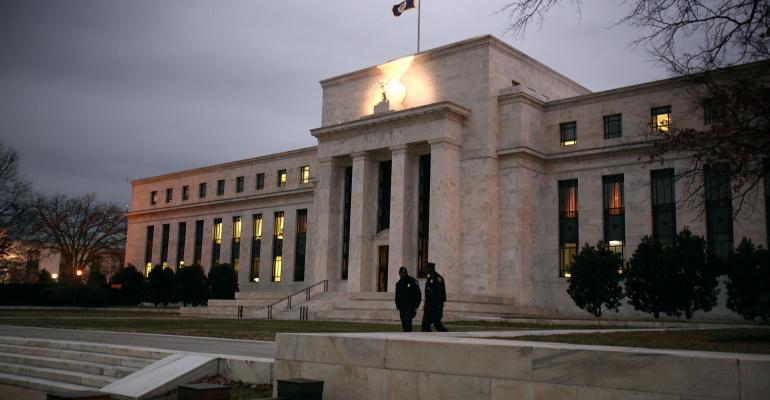By Mohamed A. El-Erian
(Bloomberg View) --At the end of its two-day policy meeting, the Federal Reserve on Wednesday delivered a rather milquetoast statement -- purposely and understandably so. In the process, the central bank is achieving two goals: keeping its options open as it continue to navigate an unusually fluid economic, financial, institutional and political landscape; and reinforcing the markets’ comfort with the notion that the Fed will be able to provide, to borrow a phrase from Ray Dalio, a “beautiful normalization” after a prolonged period of heavy reliance on unconventional monetary policy.
As expected, the Fed left interest rates unchanged and stated that it would start reducing its balance sheets “relatively soon.” It made the announcement in the context of continued solid job gains, a somewhat more dovish view of inflation, an unchanged outlook, and as it focused on what it sees as a “roughly balanced” balance of risk.
The immediate reaction of markets was supportive of this steady-as-it-goes approach. The VIX, the widely followed measure of stock market volatility known as the “fear index," dipped momentarily to a record low, while market yields eased somewhat, equities remained strong and the dollar weakened a little.
More generally, the statement serves to reinforce, at least for now, the markets’ notion that the Fed is on course to deliver a normalization that keeps volatility low and contains disruptions to both the fixed-income and equity markets, as well as to the economy. It is consistent with the view that the next rate hike would come in December at the very earliest, and that the balance-sheet reduction process, which many predict will start this fall, would be cautiously measured and orderly.
For the next few weeks, the focus of markets and analysts will shift overseas, and to the European Central Bank in particular. Beyond that, it will also come back to a Fed that, after all, is with many others in seeking to solve and model analytical uncertainties for the nation’s productivity, wage dynamics and inflation determination -- and to do so in a context of fluid politics and periodic threats to its operational independence.
This column does not necessarily reflect the opinion of the editorial board or Bloomberg LP and its owners.
Mohamed A. El-Erian is a Bloomberg View columnist. He is the chief economic adviser at Allianz SE, the parent company of Pimco, where he served as CEO and co-CIO. He was chairman of the president's Global Development Council, CEO and president of Harvard Management Company, managing director at Salomon Smith Barney and deputy director of the IMF. His books include "The Only Game in Town" and "When Markets Collide."
To contact the author of this story: Mohamed A. El-Erian at [email protected] To contact the editor responsible for this story: Max Berley at [email protected]
For more columns from Bloomberg View, visit bloomberg.com/view

